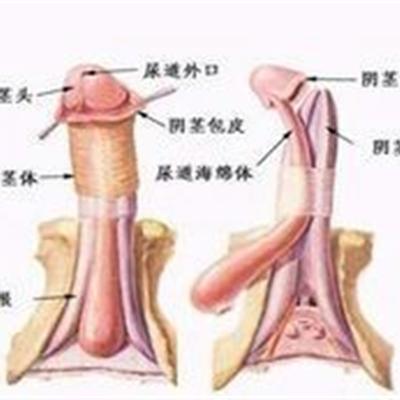How much is levator muscle shortening?
summary
The shortening of levator palpebrae superioris is one of the main clinical operations for congenital and acquired ptosis. It maintains the original walking and moving direction of the muscle, and meets the physiological requirements, so it can achieve better cosmetic purposes. But the success rate of operation is often reduced due to the occurrence of complications. How much is levator palpebrae shortening surgery?
How much is levator muscle shortening?
First, there are many surgical methods for congenital blepharoptosis, but due to the lack of patient conditions or the operator's lack of experience, the surgical effect is not satisfactory or recurrence occurs from time to time

Second: levator shortening is a kind of blepharoptosis correction, it is through surgical incision to separate the tissue around the eyelid, and cut off the levator muscle, shorten the length of levator muscle, correct blepharoptosis. The cost of the operation is about 2000-8000 yuan, one-time operation is enough, the postoperative effect is good, can be maintained permanently.

Third, it is concluded that levator palpebrae superioris muscle shortening is an effective method for the treatment of mild and moderate blepharoptosis, which is in line with the physiological and anatomical characteristics and aesthetic requirements, and has good long-term effect; For the patients with severe congenital ptosis, the shortening of levator palpebrae superioris is an ideal surgical method for the treatment of severe congenital ptosis. If the cost of surgery, it is best to go to the local regular tertiary hospital for treatment, according to the treatment plan to know the cost.

matters needing attention
(1) Visual acuity (corrected visual acuity) and refraction: Although blepharoptosis itself rarely produces amblyopia, it is often accompanied by the imbalance of extraocular muscles or abnormal eye development, which may produce amblyopia. Therefore, visual acuity and refraction should be measured for every cooperative child( 2) Degree of ptosis: including the measurement of the height of blepharoplasty, the amount of upper eyelid covering the cornea, the distance between eyebrow and eyelid, and the muscle strength of levator palpebrae superioris. ① Palpebral fissure measurement: one hand of the thumb compresses the patient's eyebrow arch, the other hand holds a ruler in front of the patient's eyes, let the patient look forward, up and down, measure the height of palpebral fissure respectively, and compare the two sides. ② Measure the amount of upper eyelid covering the cornea: avoid looking up or using the frontal muscle. In normal head up vision, the upper eyelid covered the upper cornea for 2 mm. If the upper eyelid covered the upper cornea for 6 mm, the droop was 4 mm. According to the measurement results, ptosis can be divided into three types: mild ptosis (1-2mm), moderate ptosis (3mm) and severe ptosis (4mm or more). ③ Measure the distance between eyebrow and eyelid: measure the distance between the lower edge of eyebrow and the upper edge of eyelid when looking up, and the normal person is 18.09 ± 1.95mm。 ④ Measure the muscle strength of levator palpebrae superioris: let the patient look straight ahead, and the examinee press the eyebrow arch backward horizontally with his thumb, so as to interrupt the connection between frontal muscle and upper eyelid. Ask the patient to look down as far as possible. At this time, the zero point of the ruler is level with the center of upper eyelid margin, and then ask the patient to look up as far as possible. This movement amplitude is the muscle strength of levator palpebrae superioris. It contains M ü The function of the Eller muscle and the upper eyelid driven by the upward rotation of the eyeball were 0-2 mm. When the frontal muscle was not used in normal people, the mean value of the upper eyelid movement amplitude was 13.37 ± 2.55mm。 The muscle strength of levator palpebrae superioris is generally divided into three grades. The upper eyelid movement range is 8 mm for the good, 4-7 mm for the medium and 0-3 mm for the weak.









